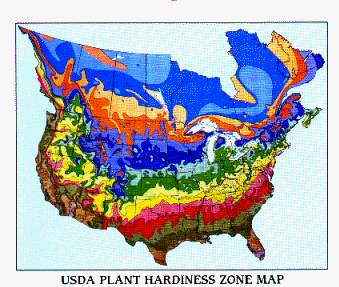Beekeeping spring Management
A typical power point presentation of spring
management is included in this link.
New beekeepers are busy getting their first
package of bees started. The best time to start a package of bees is
when the bees can fly and seek pollen sources. This time will vary.
For a hive the danger of survival
boils down to not exhausting the food supply before new nectar and pollen can be
gathered. Even while cold weather continues a beekeeper needs to check
food supplies and feed to sustain life and stimulate brood production.
The United States is a big area with many
different climate zones. It is difficult for me to tell anyone just
what they should be doing on any one particular date. What is done depends
on where the hive of bees is located.
I have a friend Billy Engle in Georgia who
keeps me updated almost every week on his activities. When I am
sitting here in mid Ohio with the temperature setting at - 9 F. on this
cold January day, he is telling me it is cold where he is located in The Rock,
Georgia. Cold to him is freezing and the bees are not flying.
My bees have no idea what it is to find a plant in bloom even if it does warm up
while when the sun warms up southern Georgia, Billy's bees are flying and
gathering nectar and pollen from plants in bloom. He can split hives in
mid January when I have to wait until mid April. Fortunately those
beekeepers needing queens early in January can get them from Hawaii.
Queens from Georgia and California are not usually available until March.
As beekeepers we must adapt to weather condition where our
bees are located.

This is a plant hardiness zone map and it fairly well defines climate
zones in the United States and Canada. Blue indicates colder regions and
the colors move from almost tropical areas in Florida toward those blue areas in
the north. Even within a state like Georgia one will see a variation in
climate zones.
I once had a friend wanting to move his bees to Georgia to take advantage
of an early start. He had a location north of Atlanta to put his bees. To him Georgia is always warm during the winter.
Obviously, he has not spent much time in Georgia during the winter.
You can find the last frost free date (average) for your location by
checking
http://www.ncdc.noaa.gov/cgi-bin/climatenormals/climatenormals.pl
This is a good site to check near by cities within
your state for a lot of climate information.
Areas where there is a long growing season will
require queen replacement more often than those areas with short growing
seasons. Most of the commercial package and queen rearing businesses will
also be located in these regions.
